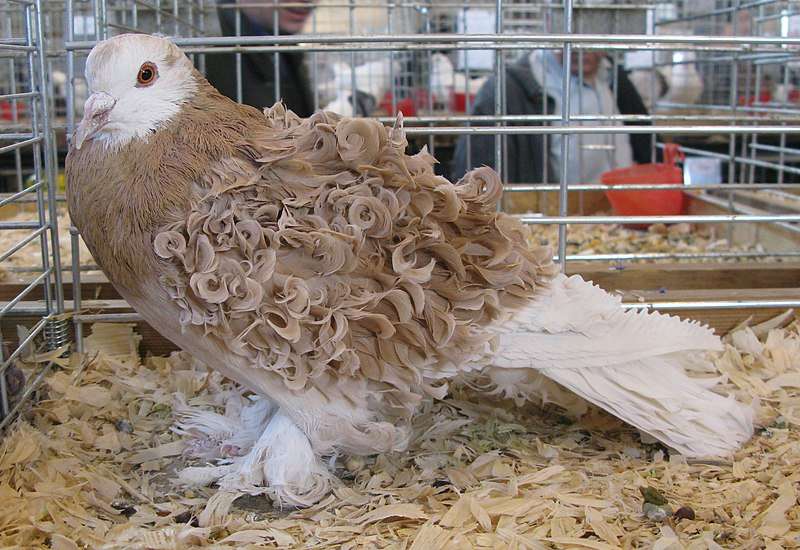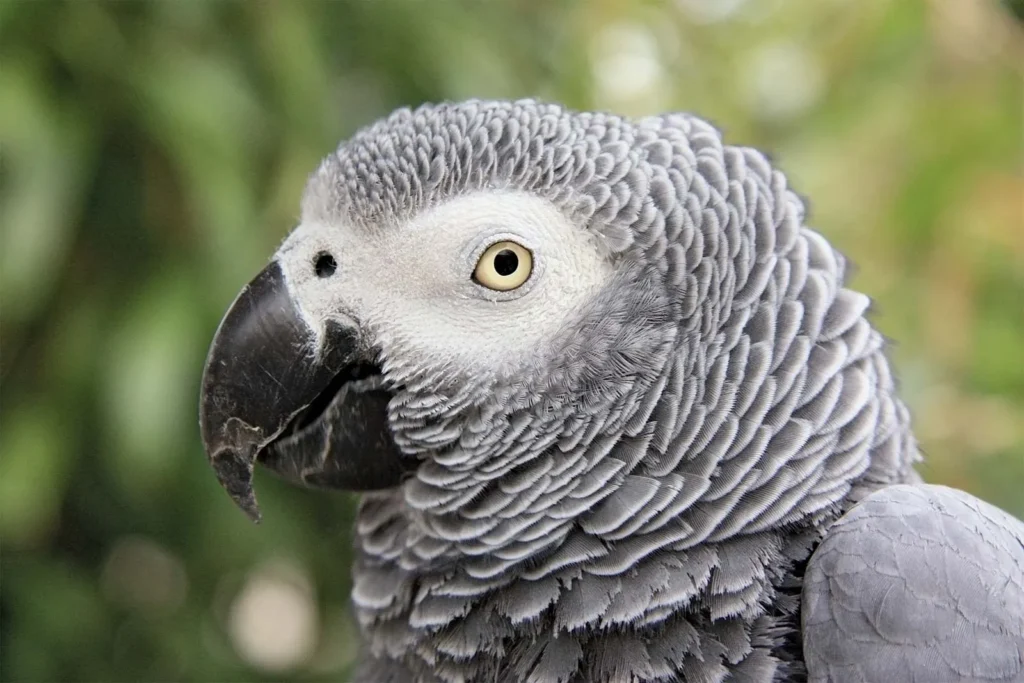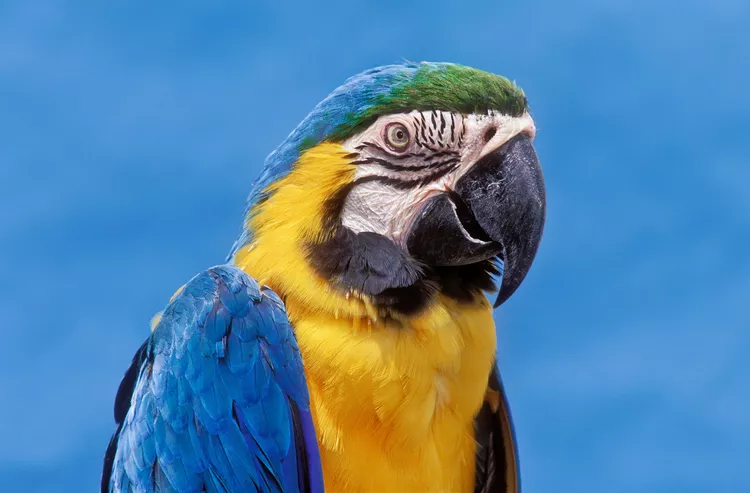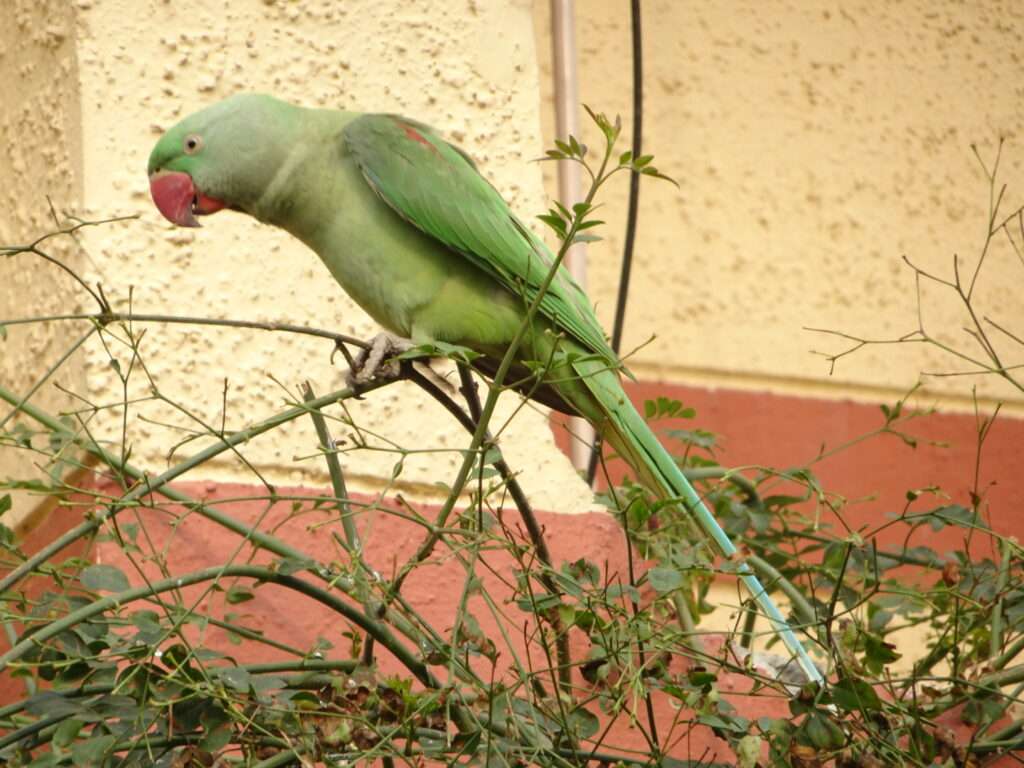
Description
Lifespan: 5-7 years
They have a frilly-looking coat that almost resembles flawlessly permed curls, living up to their moniker. A wide variety of colors, some more rare than others, can be found in their curly coats. They are separated into six categories of feather colour for US breeding shows.
The most prevalent colour scheme for the self is white/beige, red, dark blue-black, and yellow.
Patterned: This often has a speckled appearance and is available in a variety of colors, including as red, yellow, beige, and white.
Red, yellow, blue, and silver grizzle
Shield marked is a term used to describe the markings on the bird’s crest and is used to describe a variety of colors, including red, yellow, blue to black bar, silver to dun bar, mealy ash to red bar and ashy to cream.
Additionally, there are two categories for uncommon colorings and markings, which are highly prized by breeders and during bird competitions. Due to their fluffy-looking feathers, frillback pigeons are slightly larger than other kinds of pigeons and also have more mass. Their name comes from the fact that the ‘frills’ are only seen on the backs of their wings. They have long tails and a long, multicolored beak.
Origin/ Habitat
The “Modern Toy” or frill pigeon from the Netherlands is the ancestor of the breed of pigeon known as the frillback. They are believed to have come from Asia, specifically from Turkey, Greece, Iran, Armenia, and other nearby nations throughout all of Asia Minor. They are reportedly one of the many bird breeds Charles Darwin kept.

Behavior
The Frillback pigeon is a very calm and friendly bird. It performs well in displays but is a poor racer. The Frillback makes a wonderful pet or display bird.
As Pet
As display birds, their cages must be well-ventilated and free of any sharp edges that can rip the rear feathers.
For drinking, a shallow pan of water should be available, but it shouldn’t be positioned where damp droppings could result in the development of “pigeon fancier’s lung.” Additionally, grit, cuttlebone, and pelleted food ought to be available.
Due to their curly nature, which makes it easier for them to take up dust and other debris, you might need to maintain their feathers a little bit, but even then, it is probably not going to be necessary. The actual breeding of the bird will be your only major challenge.
Predators should be kept at bay from birds; frillback pigeons are particularly susceptible to attack. Keeping frillback pigeons in a peaceful setting is vital since they are sensitive to loud noises. In order to sustain their health and reproductive cycles, frillback pigeons require a regulated lighting schedule. Avoid abrupt temperature fluctuations: Frillback pigeons can become unwell from abrupt temperature changes, thus it’s crucial to maintain a steady environment.
Table





